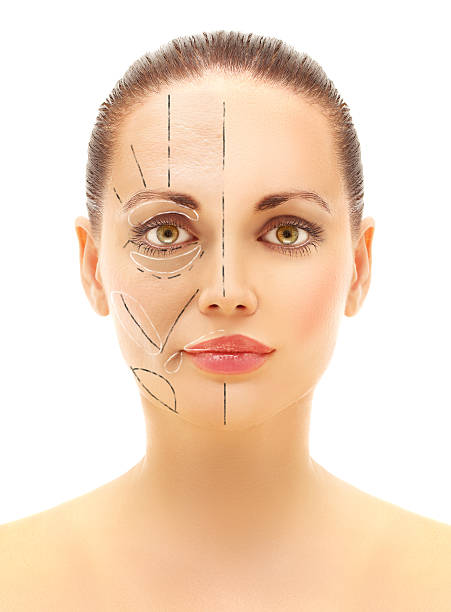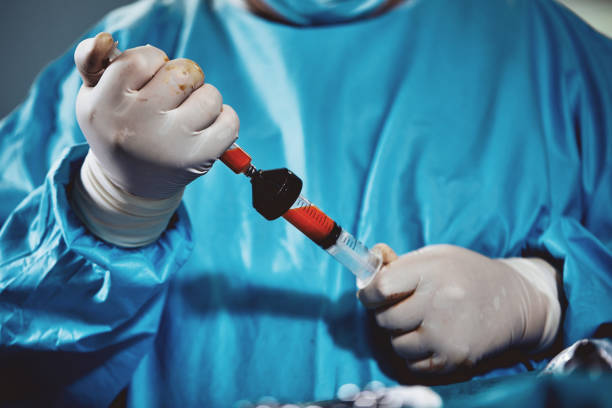Fat Grafting
Also called as fat transfer or fat injections, ii is the surgical process by which fat is transferred from one area of the body to another to improve or augment the recipient area.


How is fat Grafting done ?
Process involves extracting adipose fat by liposuction, processing the fat, and then injecting purified fat into the recipient area.
Does it require anesthesia?
Yes. And the choice depends of the volume of fat that is extracted and injected. Transfer of small volumes can easily be done using a local anesthetic. Larger volumes (>500cc) almost always require General Anesthesia. Or IV sedatio
What are the usual applications of fat Transfer ?
Face :
Restores youthful appearance, smoothens out fine wrinkles
- Helps repair scars and Improves the texture and appearance of the skin and rejuvenates
- Adds volume to the cheeks to create the appearance of higher cheekbones
Breast
Increases the breast size by one or two cup sizes and Corrects breast asymmetry
- Repairs radiation tissue damage and can treat breast implant capsular contractures
- Helps correct scar deformities
Hips :Adds volume to achieve a more feminine profile and better waist-hip ratio
Buttocks: Augments buttocks size (aka Brazilian butt lift)
Hands and Feet: Reduces wrinkles and rejuvenates
How Fat grafting helps in Healing and regeneration ?
The regenerative properties are due to the high concentration of mesenchymal stem cells (MSCs) in the fat tissue, about 300-500 times more than bone marrow tissue. Coupled with the ease of extraction of fat, Fat injection has offered high potential in the field of regenerative medicine.
What Are the Risks of Fat Transfer?
The procedure uses your own body fat, making the likelihood of rejection very slim.
There are no risks of allergic reactions, as you are using your own body tissue. This also helps the results to be more natural-looking.
Having the procedure performed improperly carries an elevated risk of fat embolization (a piece of fat may find its way into the bloodstream), infection, clotting, bleeding, fat necrosis, and other serious complications that can be fatal.
It is important to note that these complications are extremely rare and occur for sure when improper surgical techniques are used. It is essential to ensure you select a skilled and trusted plastic surgeon.
